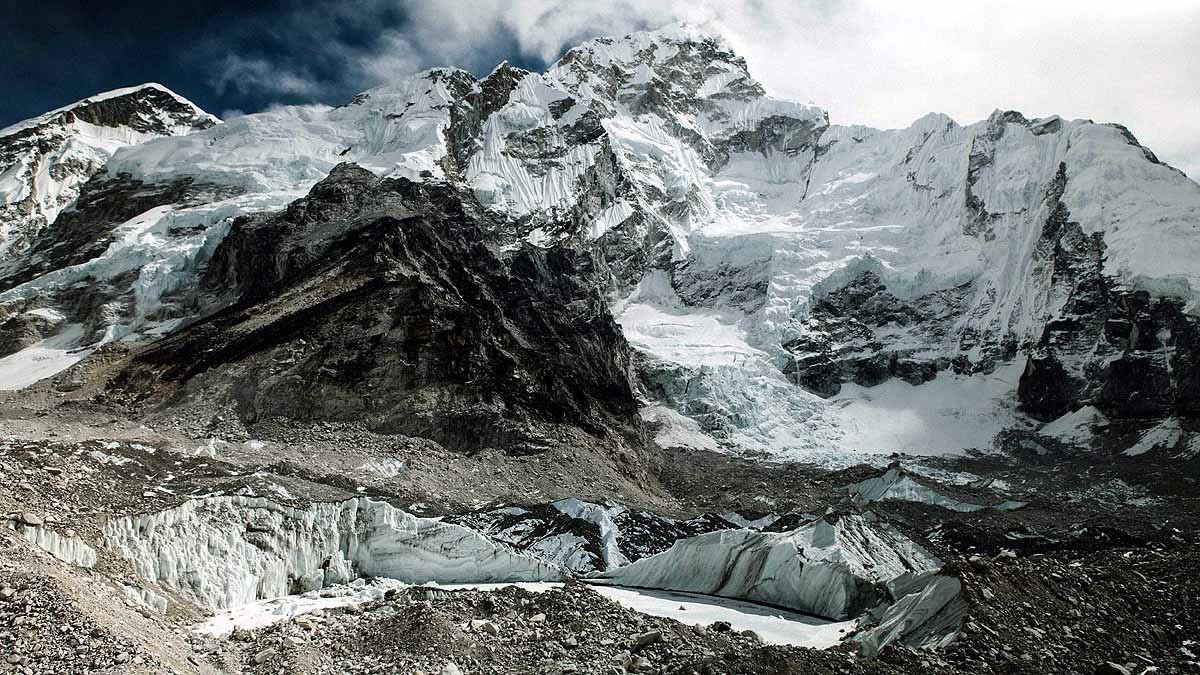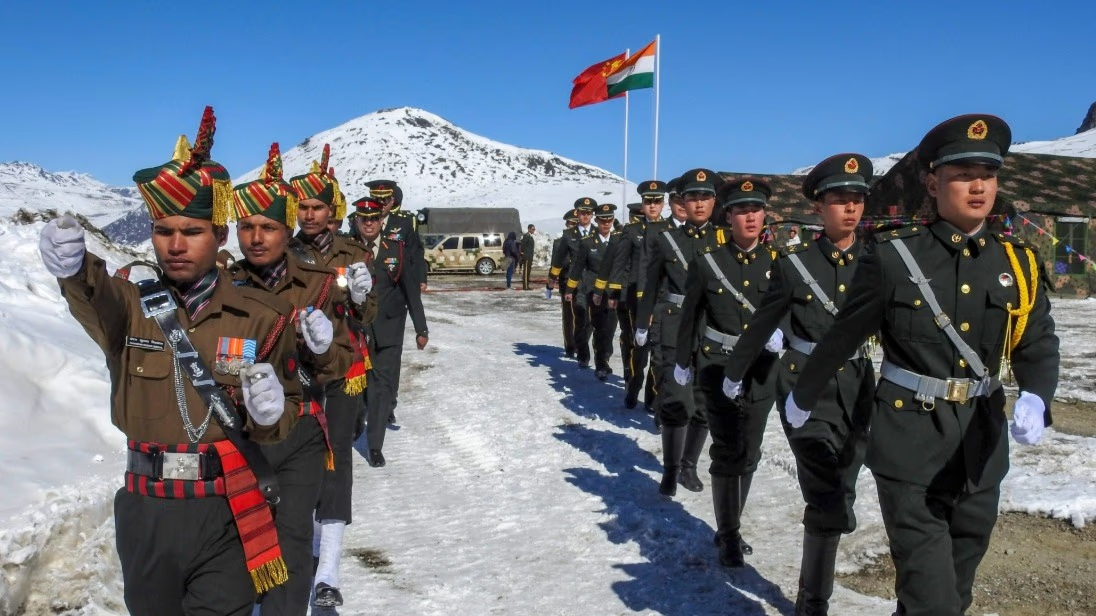Standing tall at 8,848 meters, Mount Everest is Earth's highest summit. Yet, its altitude doesn’t shield it from the warming climate’s effects. Since the late 1990s, Everest’s highest glacier, South Col, has shrunk by over 54 meters.
Recent studies reveal the rapid melting of Himalayan glaciers, a concern highlighted by cryosphere expert Sharad Joshi from the International Centre for Integrated Mountain Development (ICIMOD). He warned that melting glaciers could elevate sea levels and impact water resources.
Also Read: Venture into Space! The Rapidly Growing Market of Space Tourism with Blue Origin and Others in the Race
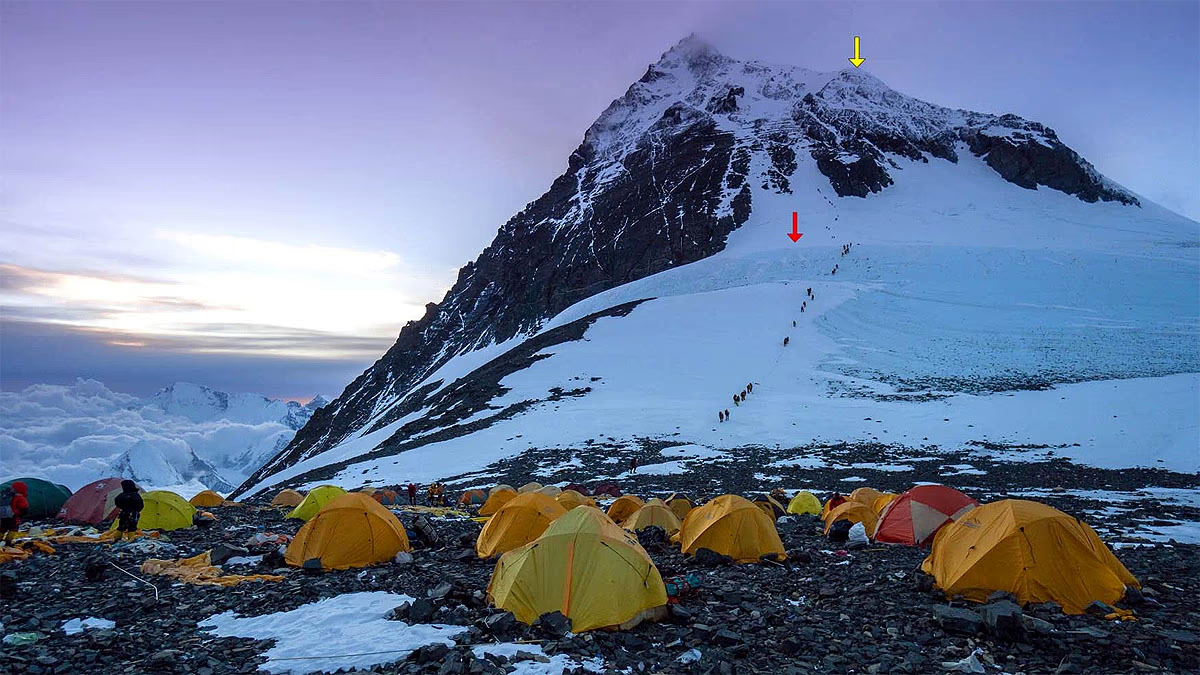
Source: aajtak
Melting in the Hindu Kush Himalayas
The Hindu Kush Himalaya (HKH) region spans eight countries. The glaciers here are melting due to rising global temperatures and local climatic conditions characterized by dry, frigid winds. Changes in precipitation patterns are observed, with increased rainfall and reduced snowfall in high-altitude areas.
According to ICIMOD's research, between 2011 and 2020, glaciers in the Hindu Kush Himalaya retreated 65% faster than in the previous decade. They might lose up to 80% of their volume by the century's end. One of Nepal's most researched glaciers, Yala Glacier in the Langtang Valley, exemplifies these trends.
Also Read: Possible Discovery of Alien Life: An Indian-Origin Scientist Finds Strong Signs on an Alien Planet
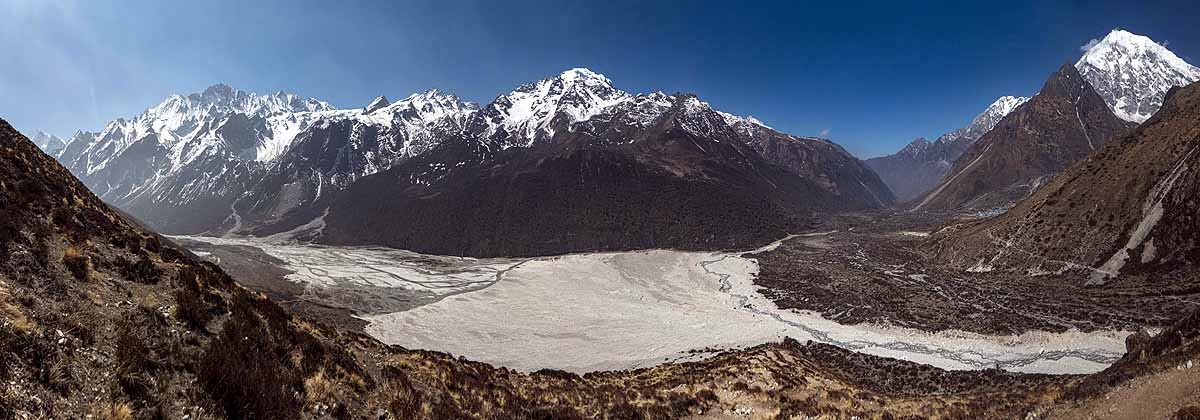
Source: aajtak
A Third of Yala Glacier Melted Between 1974 and 2021
Among the glaciers under ICIMOD’s esteemed surveillance, Yala Glacier stands out. As the only Himalayan glacier on the Global Glacier Casualty List, it's part of the World Atlas of Recently Extinct or Critically Endangered Glaciers.
Yala Glacier has contracted by over a third between 1974 and 2021. It faces the grim fate of vanishing entirely within the next 20 to 25 years. Sharad Joshi shares the profound sadness he experiences with each glacier visit, witnessing its significant loss.
Also Read: Incredible! A Turtle Swims 4500 KM from Odisha to Sri Lanka, Then to Maharashtra for Mating
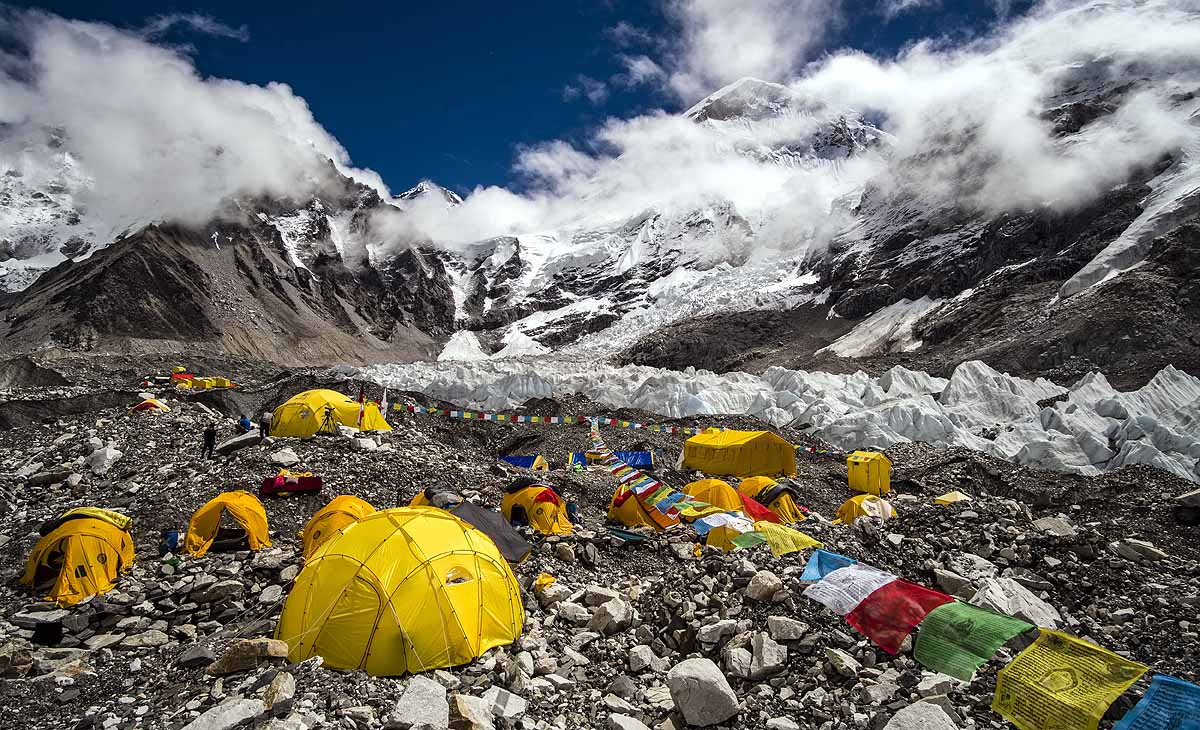
Source: aajtak
Melting in Nepal Affects India Too
Sharad Joshi explains that glacier melt in Nepal profoundly impacts communities and ecosystems both locally and globally. As glaciers recede, proglacial lakes form, surrounded by natural moraine dams made of ice or debris.
These dams may suddenly fail due to landslides or earthquakes, causing devastating glacial lake outburst floods (GLOFs). This can wreak havoc on villages, roads, bridges, hydroelectric plants, and vital infrastructures, with effects felt as far as India.
The Incident at Sikkim in October 2023
In October 2023, a landslide in South Lonak Lake, a Himalayan region lake, unleashed a tsunami-like wave towering 20 meters. The disaster brought extensive damage along a 386-kilometer valley, claiming 55 lives and leaving 70 missing.
Professor Christian Huggel from Zurich University highlights how this event starkly illustrates high mountain regions' vulnerability to climate change impacts. South Lonak Lake, located in northwestern Sikkim, is among the Himalaya’s fastest-growing glacial-moraine lakes and is highly susceptible to GLOFs.
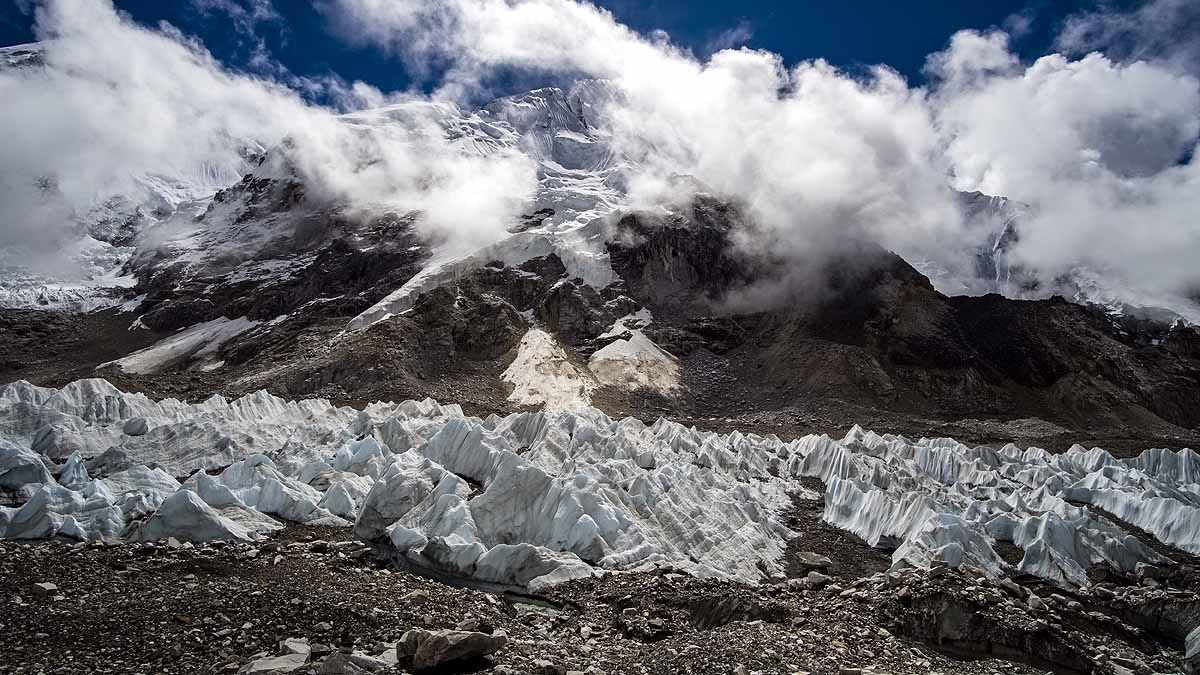
Source: aajtak
The Effects of Glacier Retreat
The impact of glacier melting is severe on regional and global scales alike. Himalayan glaciers feed some of the world's most vital river basins, including the Ganges and Yellow River. Close to two billion people depend on water sourced from Himalayan glaciers and snow.
As glaciers retreat, river flows diminish, leading to seasonal water shortages that threaten agriculture and limit drinking water access. Joshi warns that dwindling water supplies endanger not only agriculture and hydropower production but also alter local ecosystems, threatening species adapted to cold environments.
